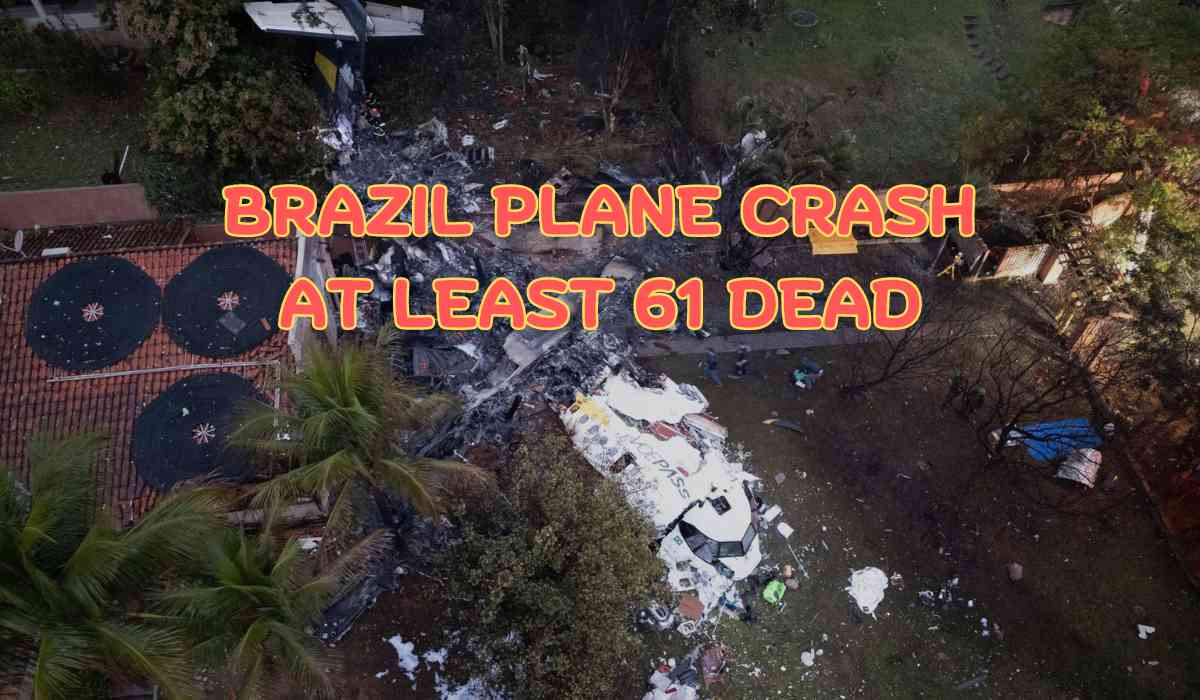In a devastating incident that has shaken Brazil to its core, a Voepass flight tragically crashed near São Paulo on Friday, resulting in the loss of all 61 individuals on board. This heartbreaking event marks the nation's worst aviation disaster since 2007, prompting national mourning and an urgent investigation into the circumstances surrounding the crash.
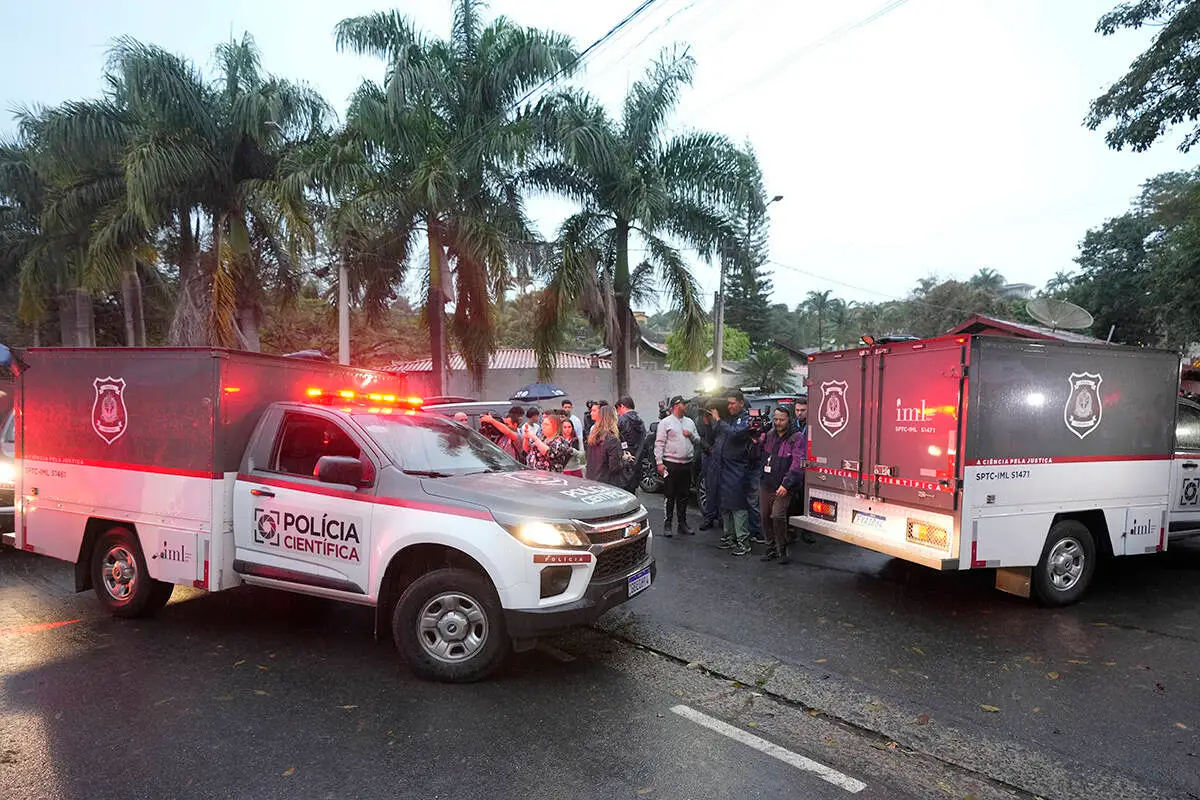
The Incident: What Happened?
On August 9, 2024, Voepass Flight 2283, an ATR-72 twin-engine turboprop, was en route from Cascavel, in the Brazilian state of Paraná, to São Paulo's Guarulhos International Airport. The aircraft was carrying 57 passengers and four crew members when it encountered catastrophic failure.
🇧🇷 PLANE CRASH NEAR SAO PAULO KILLS ALL 62 ONBOARD
A tragic plane crash near Sao Paulo, Brazil, has claimed the lives of all 62 people aboard a Voepass aircraft. The crash occurred northeast of the city, with local officials in Valinhos confirming that there were no survivors.… pic.twitter.com/O0teHmG94d— Royal FM 94.3 Kigali (@RoyalFMRwanda) August 9, 2024
🇧🇷GRAPHIC CONTENT WARNING ⚠️
Tragically, there are no chances of survivors from the plane crash in Vinhedo, SP.
My thoughts are with the victims and their families during this incredibly difficult time.🙏🙏#Brazil #planecrash #Boeing pic.twitter.com/iiwk3Mvucl— Lianbawi (@the_singtangpa) August 9, 2024
- Flight Path and Descent
The flight was cruising at 17,000 feet when, at 1:21 PM local time, it experienced a rapid drop of approximately 250 feet within ten seconds. Following this, the aircraft climbed around 400 feet before plunging almost 2,000 feet in just eight seconds. Within one minute, the plane descended roughly 17,000 feet, leading to the tragic crash in a residential area of Vinhedo, located about 80 kilometers northwest of São Paulo.
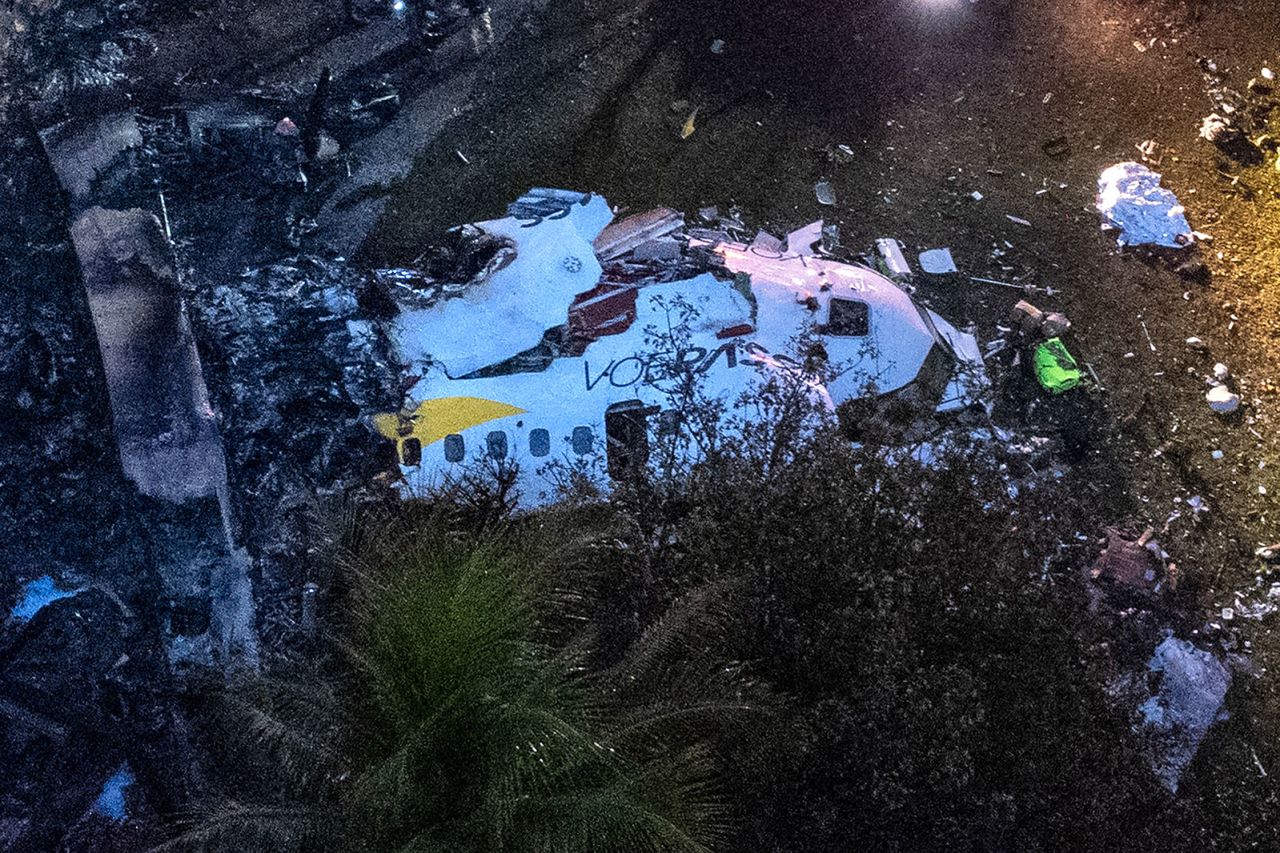
- Eyewitness Accounts
Witnesses reported horrifying scenes as the plane spiraled out of control. Arthur Rosenberg, a former pilot and aerospace engineer, described the terrifying experience: "The plane is falling, rolling, spinning. It’s disorienting... The level of fright that these people went through defies description."
Nathalie Cicar, a resident near the crash site, recounted the moment of impact: “I heard a very loud noise, very close to me. I thought it was a drone... Within seconds, I realized that it was not a normal movement for a plane.” She narrowly escaped injury as the aircraft crashed nearby, leaving her in shock.
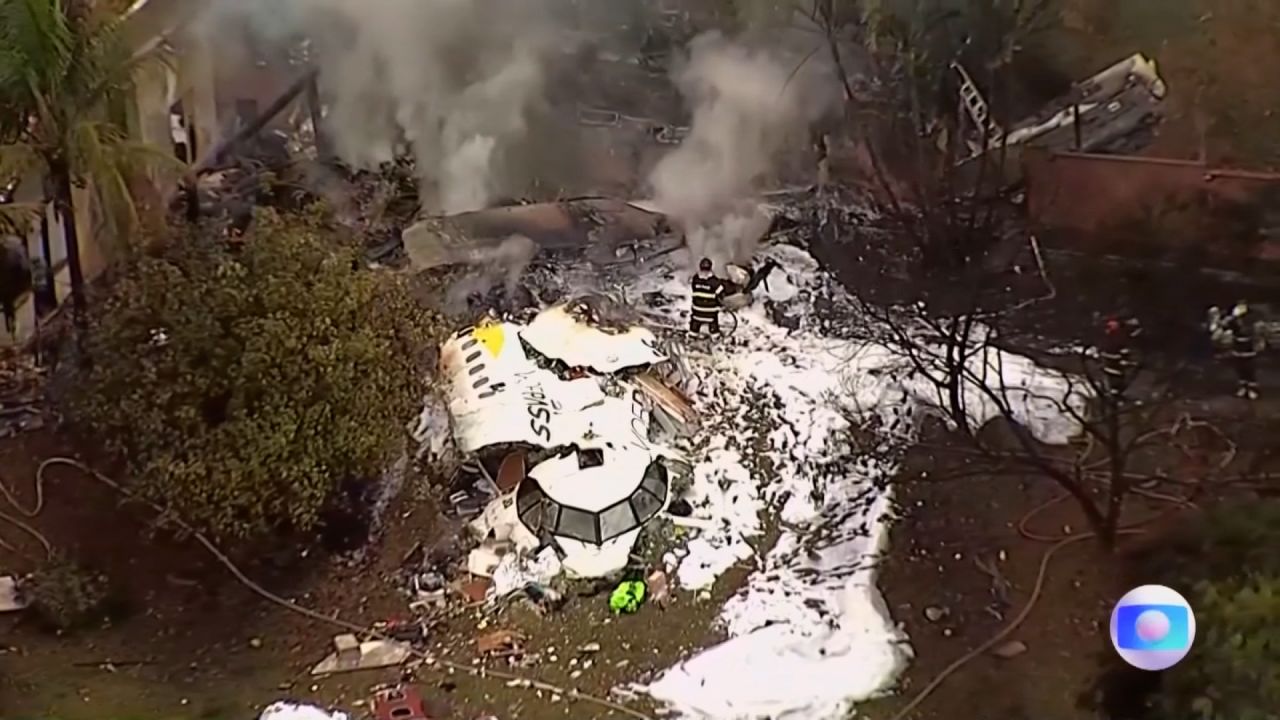
- Response and Rescue Efforts
In the aftermath of the crash, multiple agencies, including the Civil Defence and the Public Security Secretariat, were mobilized to assist with rescue operations. The São Paulo Fire Department dispatched seven teams to the scene to tackle the ensuing fires and assist any potential survivors. Fortunately, no residents in the vicinity were reported injured, despite the tragedy unfolding in their neighborhood.
- National Mourning
Brazilian President Luiz Inácio Lula da Silva declared a three-day nationwide state of mourning, expressing deep condolences to the families of the victims. Similarly, the governor of São Paulo and Vinhedo City Hall also observed mourning periods to honor those who lost their lives in the crash.
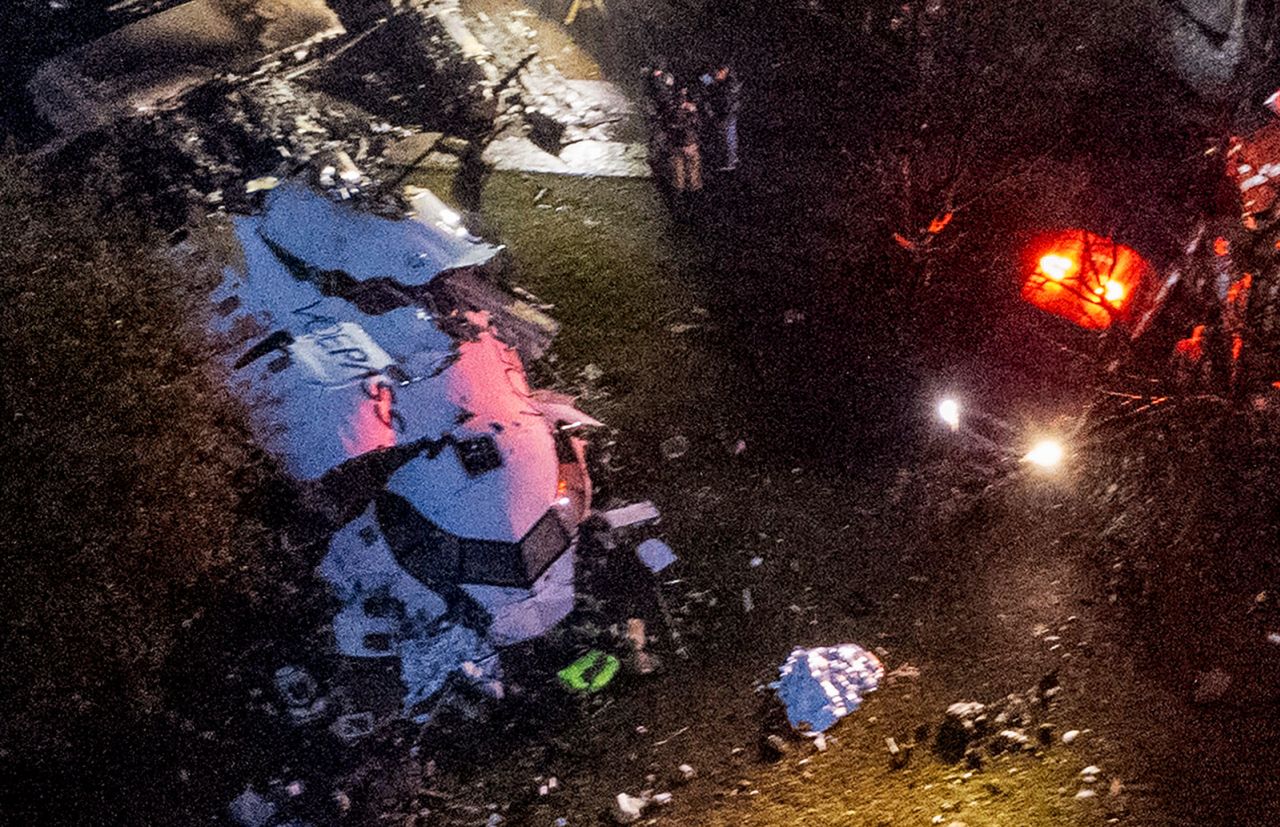
Investigating the Crash: What Went Wrong?
With the nation in mourning, attention has turned to uncovering the reasons behind the crash. Preliminary investigations are underway, and aviation experts are closely analyzing the flight's behavior prior to the incident.
The plane's unusual spinning motion before its descent has raised questions among aviation experts about potential causes. Initial speculations include:
-
Ice Buildup: Voepass Chief Operations Officer Marcel Moura indicated that icing conditions had been predicted for the altitude at which the aircraft was flying, although they were within acceptable limits. The aircraft’s sensitivity to ice could have contributed to the stall and subsequent spiral descent.
-
Historical Precedents: This situation evokes memories of a similar incident in 1994 involving an American Eagle ATR 72-200, where ice accumulation led to a fatal crash. Investigators noted that the plane rolled at approximately 8,000 feet before crashing, resulting in the deaths of all 68 aboard.
-
Mechanical Failures: Brazilian aviation expert Lito Sousa cautioned that meteorological conditions alone may not account for the plane's rapid descent. Captain Ross Aimer also suggested engine failure or a malfunction in the flight control systems as potential causes. Failures in critical components, such as those necessary for flight stability, were also considered.
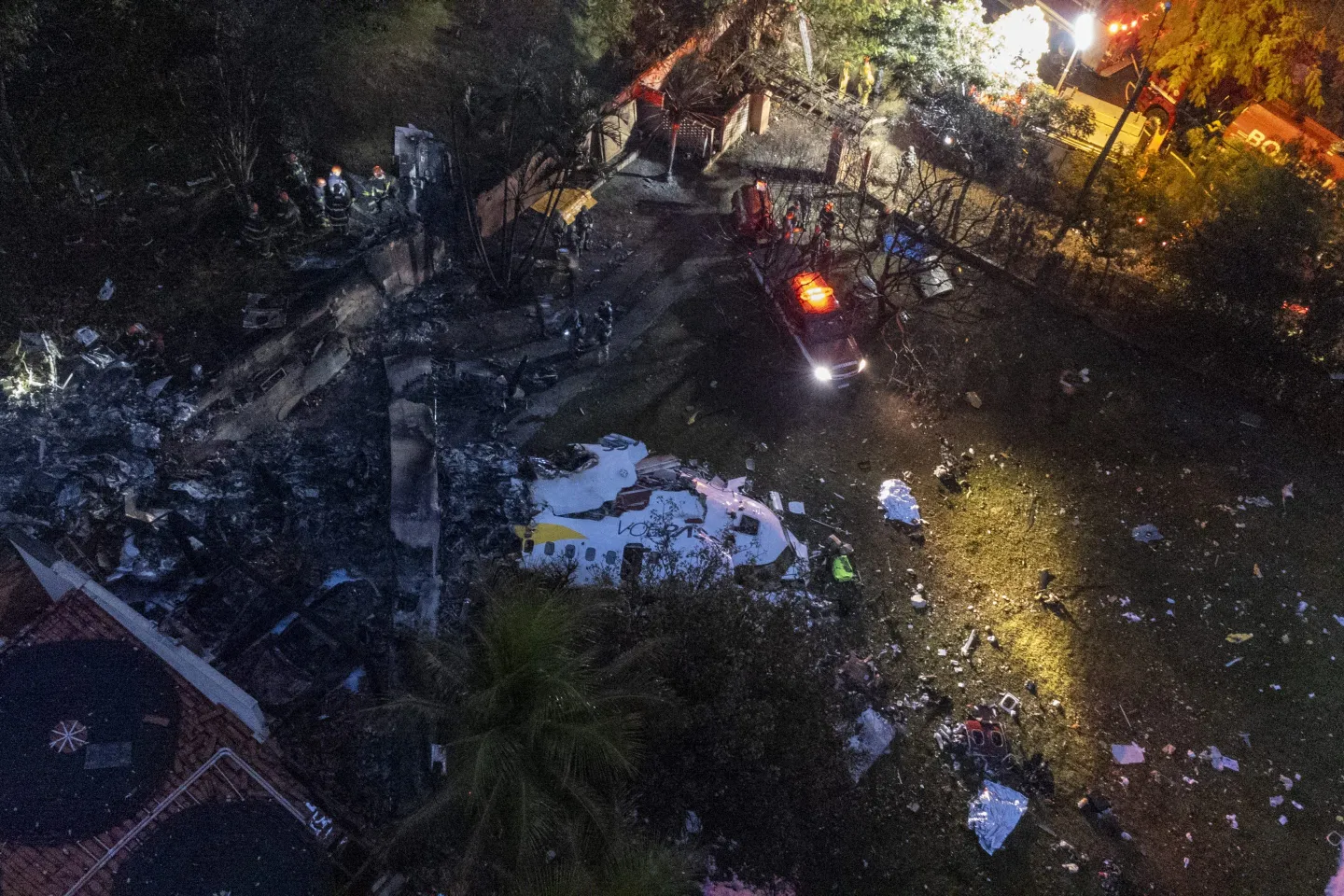
Recovery of Evidence from black box
In the wake of the crash, authorities have successfully retrieved the black box from the wreckage. This device is essential for understanding the final moments of the flight, as it records critical flight data. Voepass CEO Eduardo Busch confirmed that the aircraft was equipped with two black boxes designed to withstand crashes. While there is hope for data recovery, he also noted that the severity of the incident could have compromised the recorders.
Busch emphasized the airline's commitment to working with the Center for Investigation and Prevention of Aeronautical Accidents (CENIPA) to uncover the truth behind the crash.
As Brazil grapples with the aftermath of this tragic event, the focus remains on supporting the victims' families and ensuring a thorough investigation into the causes of the crash. The recovery of the black box and continued analysis by aviation experts will be crucial in providing answers and preventing future tragedies.
With inputs from agencies
Image Source: Multiple agencies
© Copyright 2024. All Rights Reserved Powered by Vygr Media.

